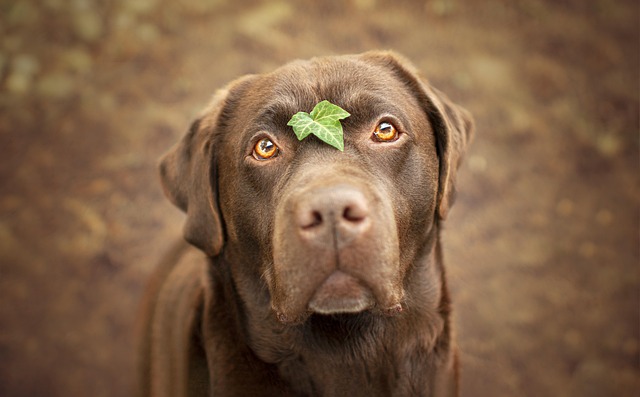
What can I use to moisturize my dog’s paws
Picture your French Bulldog, Bruno, hobbling across a salt-crusted Brooklyn sidewalk in January, licking his cracked paws as you rush him home.
Walk down any pet food aisle, and you’ll see shelves lined with bags of crunchy kibble and cans of savory wet food—each claiming to be a pup’s favorite. But when it comes to what dogs actually prefer, the answer is as varied as their personalities. Some tail-waggers dive into kibble like it’s a gourmet feast, while others nudge wet food bowls with eager noses, leaving dry bits untouched.
A lot comes down to texture and smell. Kibble’s crunch satisfies the natural urge to chew, which can feel rewarding for breeds that love gnawing—think retrievers or terriers. Its dry consistency also makes it easy to scoop and store, a hit with busy owners who grab a cupful during morning rushes. Wet food, though, often packs a stronger aroma, thanks to its higher moisture content and meatier bits. For picky eaters or older dogs with dental issues, that soft, gravy-soaked texture is hard to resist.
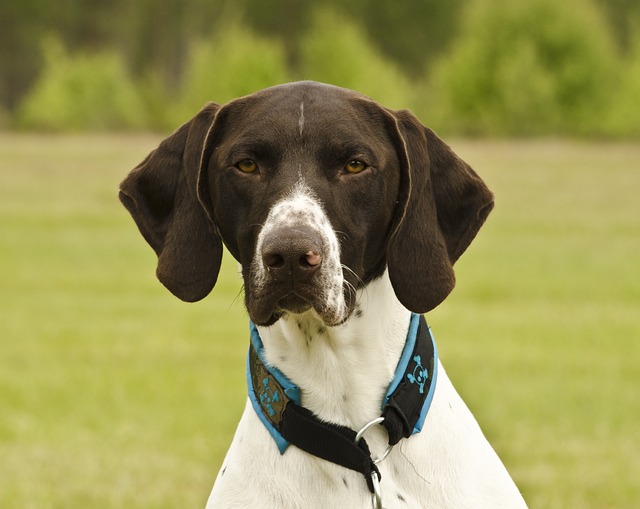 Behavioral quirks play a role too. Vets in the UK and Germany often note that dogs raised on one type from puppyhood may stick to it out of habit. A Lab that grew up crunching kibble might eye wet food like it’s a foreign object, while a rescue dog introduced to canned meals in a shelter could turn up their nose at dry pellets. It’s not uncommon for owners to mix both, creating a “best of both worlds” bowl that keeps mealtime interesting.
Behavioral quirks play a role too. Vets in the UK and Germany often note that dogs raised on one type from puppyhood may stick to it out of habit. A Lab that grew up crunching kibble might eye wet food like it’s a foreign object, while a rescue dog introduced to canned meals in a shelter could turn up their nose at dry pellets. It’s not uncommon for owners to mix both, creating a “best of both worlds” bowl that keeps mealtime interesting.
Nutrition matters more than preference, though—and here’s where the rules come in. In the EU, pet food must meet strict standards set by Regulation (EC) 183/2005, ensuring both kibble and wet food have balanced nutrients. Similarly, the FDA oversees pet food safety in the U.S., requiring labels to list ingredients clearly. Choosing based solely on what your dog gobbles up fastest might mean missing key vitamins or calories they need. A chihuahua thriving on wet food might still need kibble’s dental benefits, while a Great Dane could require the extra protein some dry formulas offer.
Seasonal shifts can also sway their choices. During hot summer months in Southern Europe, dogs often lap up wet food more readily, as its moisture helps keep them hydrated. In colder climates, like parts of Canada, kibble’s crunch might feel more satisfying on chilly mornings, giving them an extra burst of energy for frosty walks. Observing these patterns helps owners strike a balance between what their dog loves and what keeps them healthy.
At the end of the day, there’s no one-size-fits-all answer. The best approach? Offer both, watch their reactions, and check with your vet to ensure the chosen diet meets local nutritional guidelines. After all, a happy, healthy pup is one that gets meals they enjoy and that keep them in top shape—no matter if it’s crunchy, squishy, or a little bit of both.

Picture your French Bulldog, Bruno, hobbling across a salt-crusted Brooklyn sidewalk in January, licking his cracked paws as you rush him home.

You’re out for a morning walk, and your pup suddenly stops, lifting a paw like it hurts. When you kneel to check, you notice their paw pads—usually tough and rubbery—are dry, cracked, and flaking.
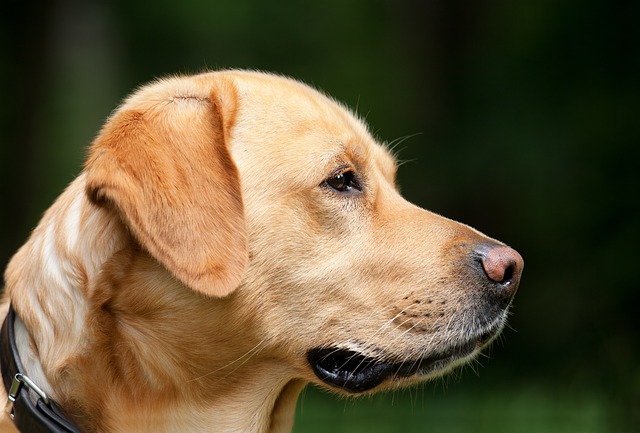
Picture your Boston Terrier, Max, blinking excessively with crusty residue around his eyes after a windy walk in Chicago. That gritty discomfort might signal dry eyes (keratoconjunctivitis sicca)
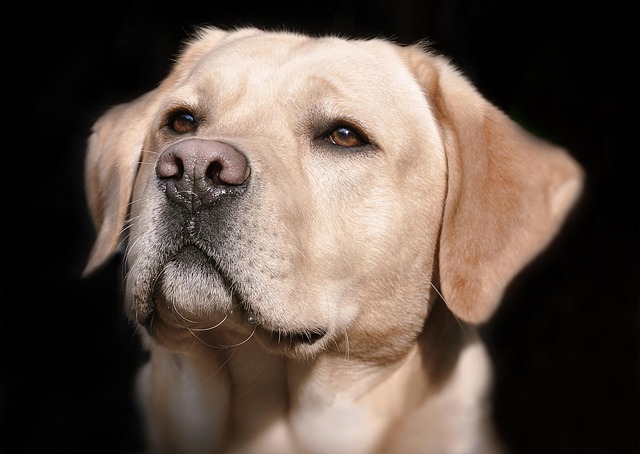
You’re relaxing after work when your Beagle, Daisy, paws frantically at her ear, whining as brownish gunk stains your apartment’s rug.

Discovering your dog constantly shaking their head, scratching their ears, or noticing an unusual odor is worrying.
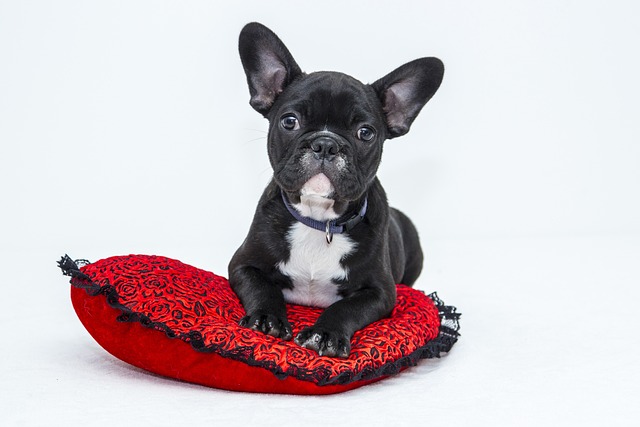
It’s a common scene for new dog owners: you’re tossing a ball in the backyard, and as your pup races back, tail wagging a mile a minute, they suddenly grab your arm with their mouth.